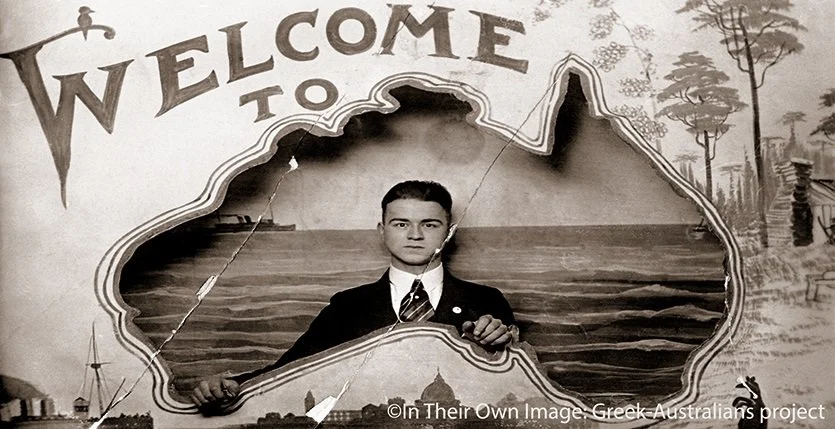Greek City Times is proud to present a weekly historical snapshot
from the archives of the ‘In Their Own Image: Greek Australians’ national project
by photographer Effy Alexakis and historian Leonard Janiszewski.
Port Pirie, located on the east coast of South Australia's Spencer Gulf, offered quick financial opportunities for Greeks migrating to Australia in search of work during the opening decades of the 20th century.
At times however, the opportunities also came at a tragic cost. Although industrial unions had strongly opposed the use of ‘foreign labour’ in Australian industry, so great were the dangers at Port Pirie’s Broken Hill Associated Smelters Pty Ltd (BHAS) plant, that Australian nationals preferred other forms of employment. Greek numbers consequently grew, filling the available jobs at the plant. By 1924, a formal Greek Orthodox Community had been established in Port Pirie, preceding the creation of such an organisation in Adelaide by six years.
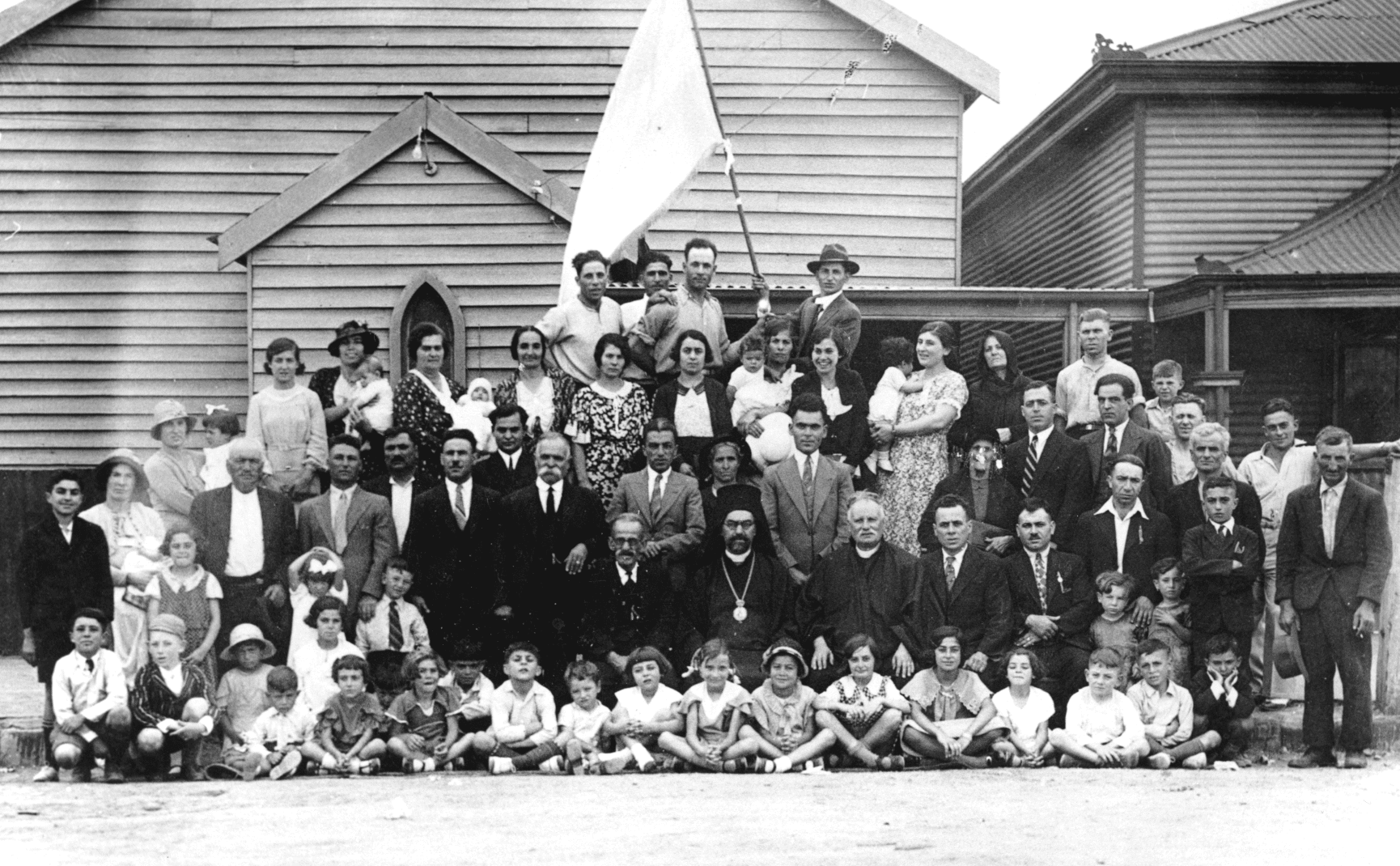
By the mid-1920s, due to the work on offer at the Broken Hill Associated Smelters Pty Ltd (BHAS) plant, Port Pirie’s Greeks totalled between 400 and 500. At this stage, Port Pirie’s Greek community far out numbered Adelaide’s, which in 1921, officially totalled only seventy-nine. With the start of the Great Depression in the late 1920s however, Adelaide’s Greek resident numbers climbed substantially, whilst Port Pirie’s dropped. Yet a strong nucleus of Port Pirie’s Greek community remained. Port Pirie’s Greek community was mixed, comprising Kastellorizians, Levisians (from Levisi in Turkey) and Chiotes amongst other smaller regional groupings.
At the centre of the group pictured is Metropolitan Timotheos Evangelinidis, the second Metropolitan of the Greek Orthodox Church in Australia and New Zealand. To his left is the Reverend Germanos Illiou. Reverend Illiou had been posted to Adelaide from Perth in 1925, but spent a considerable amount of time in Port Pirie because of the substantial size of its Greek community.
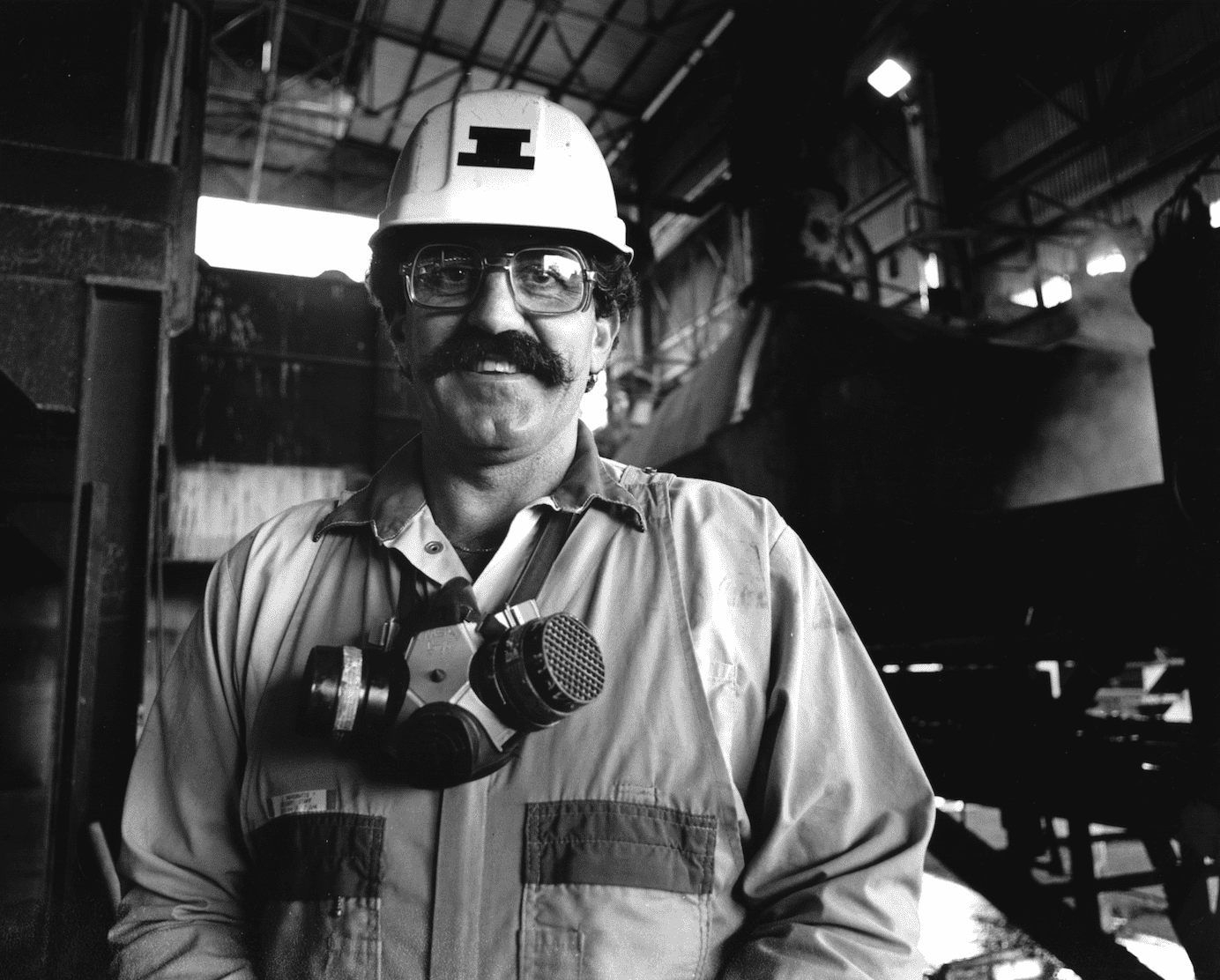
Born at Port Pirie in 1945, Jim Mavromatis is the third generation of his family to have worked in the lead and zinc smelting plant. Jim was employed as an Operating Superintendent in the Lead Refinery Department. His grandfather, George Haralampou Kokoti (alias ‘Jacky Hook’) from Cyprus, was the first family member employed at the plant. George had arrived in Australia in 1924 and also succeeded in establishing a vegetable farm near Port Pirie.
Established in 1889, the plant was taken over by Broken Hill Associated Smelters Pty Ltd (BHAS) in 1915, and became the major source of employment for Greeks, not only in Port Pirie, but in all of South Australia. Despite general union opposition to ‘foreign labour’, in 1916, just over eighty-seven percent of Port Pirie’s 109 Greek residents were occupationally classified as ‘smelter’; only fifty-five Greeks were recorded elsewhere in the State. With the Great Depression, although Port Pirie’s Greek population fell considerably, a number of families – like Jim’s – stayed on. Following World War II, with unions loosening their attitude towards foreign workers, heavy industry around the nation opened the factory floor to Greek-Australians.
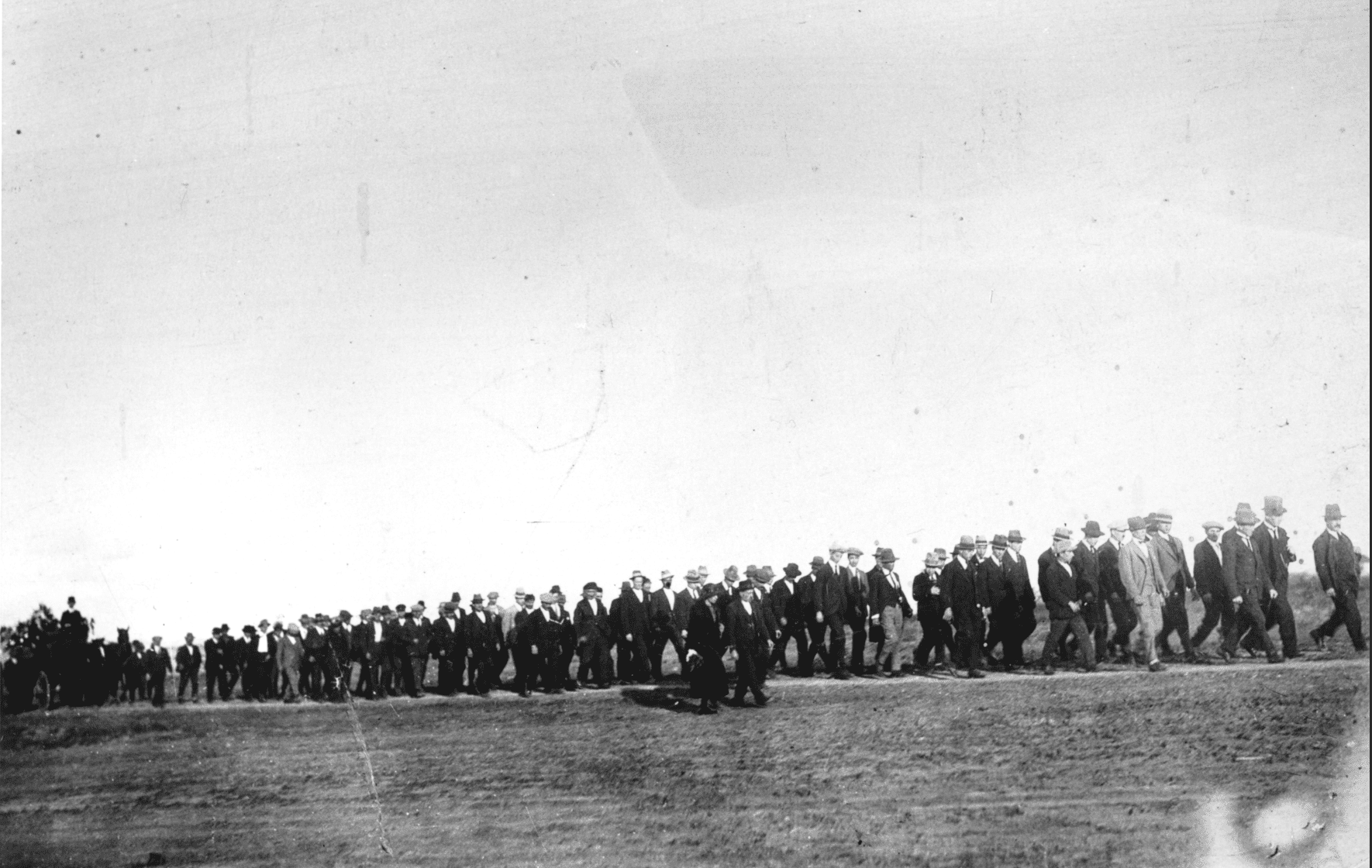
The photograph provides a startling insight into the number of Greek men working at Port Pirie at the time – the overwhelming majority being employed at the Broken Hill Associated Smelters Pty Ltd (BHAS) plant (in 1925 they numbered 362). Greek migration to Australia in the early 20th century was predominately male. Greek men migrated out to assist their families back in Greece or to acquire dowries for their sisters. Port Pirie was essentially a ‘transitory place’ for the Greeks: a place to make quick money and then leave. However, working in often-dangerous conditions at the smelting plant, many young Greek men never left. Their graves pepper the town’s isolated, sand-swept cemetery, far from friends, family and home.
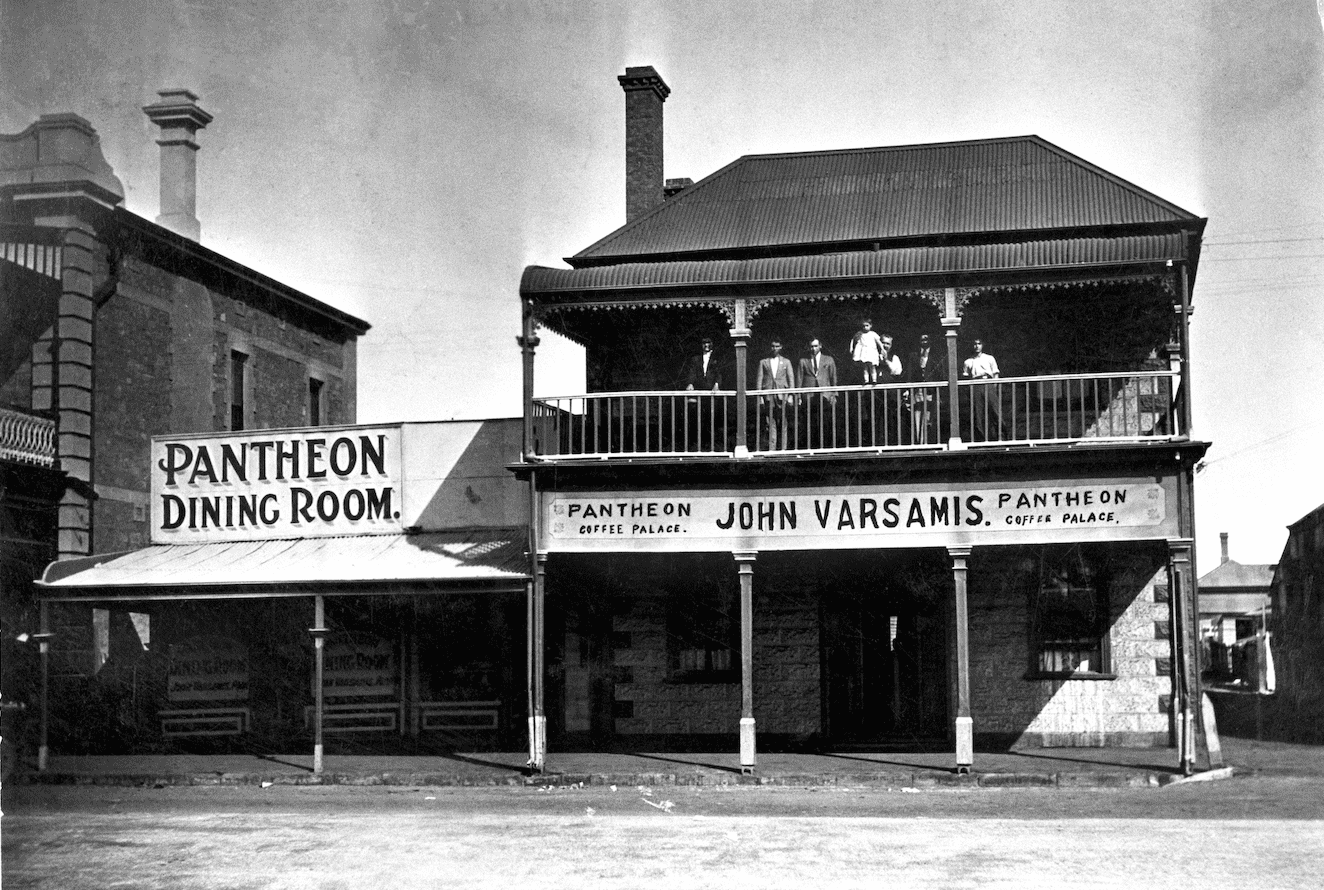
John Varsamis’ main clients were primarily single Greek men who had acquired work in Port Pirie’s smelting plant. The term ‘coffee palace’ identified the Pantheon, and many other Australian business at the time, as hostels or guest houses that did not cater to the serving and consumption of alcohol on the premises – this reflected prevailing temperance attitudes of the period. Greek guests however were served thick Greek coffee on request.
Photos: Effy Alexakis
Historical Research: Leonard Janiszewski
© In Their Own Image: Greek-Australians National Project Archives
ABOUT EFFY ALEXAKIS & LEONARD JANISZEWSKI
Since the early 1980s, Effy Alexakis, a photographer, along with historian researcher Leonard Janiszewski, have been travelling around Australia photographing and collecting stories. They have also photographed Greek-Australians in Greece and documented some amazing histories. The images and text provide personal, diverse and powerfully moving insights, about opportunities, hopes and challenges. Collectively, these stories provide personal perspectives of a diasporic Hellenic identity. Their archive encompasses photography, both historical and contemporary, taped interviews and literary materials.
They have published 3 books and numerous articles, and their projects are ongoing. The photographs have been widely exhibited throughout Australia and in Greece.
VISIT THEIR LATEST PROJECT: Greek Cafés & Milk Bars of Australia | Facebook

